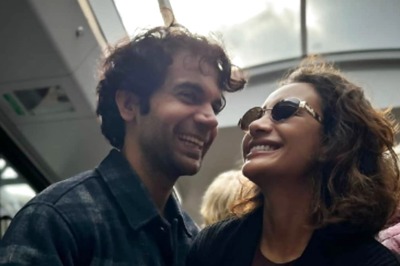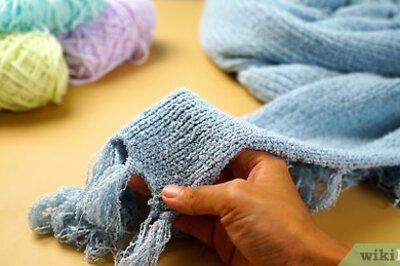
views
Vienna: The UN nuclear watchdog showed letters and satellite images on Friday as part of evidence pointing to military dimensions to Iran's atomic activities, diplomats said, but Tehran's envoy dismissed it as "lousy" intelligence work.
Herman Nackaerts, head of nuclear inspections worldwide at the International Atomic Energy Agency, made an hour-long technical presentation of the IAEA's latest report on Iran's nuclear programme at a closer-door meeting for member states.
The hotly anticipated document, released last Tuesday, said Iran appeared to have worked on designing an atomic bomb and that secret research may continue. It was the most detailed IAEA report to date on the issue.
At Friday's briefing, participants said Nackaerts displayed procurement-related correspondence involving Iranian officials as well as satellite images of the Parchin military site southeast of Tehran.
The IAEA report, based on what the agency called "credible" information, indicated that Iran had built a large explosives vessel there to conduct hydrodynamic experiments, which are "strong indicators of possible weapon development".
Diplomats said Nackaerts also highlighted which information in the report was new, apparently to counter criticism from Iran that the report only contained old allegations.
Ali Asghar Soltanieh, Iran's ambassador to the IAEA, said there were no nuclear-related activities at Parchin.
"There is no proof that Iranian activities are towards military purposes," he told reporters after the briefing.
"We do have conventional activities (at Parchin) and this has nothing to do with nuclear."
Uranium metal "discrepancy"
Saying the report had damaged the UN agency's credibility, Soltanieh added in English: "This kind of lousy job of intelligence created problems for all member states."
For several years the IAEA has been investigating Western intelligence reports indicating that Iran has coordinated efforts to process uranium, test high explosives and revamp a ballistic missile cone to accommodate a nuclear warhead.
Iran repeatedly has dismissed the allegations as forged, but its refusal to suspend sensitive nuclear work has drawn gradually tightening UN and separate Western sanctions.
Western states have said they intend to ratchet up the sanctions pressure further on Iran after the IAEA report, but Russia has made clear its opposition to such steps.
Western diplomats hope a Nov. 17-18 meeting of the IAEA's 35-nation governing board will adopt a resolution denouncing Iran's nuclear activities and calling on Tehran to start addressing the agency's growing concerns about its aims.
But Russian and Chinese reluctance may hinder such steps.
Soltanieh said the report represented an "historical mistake" that had "poisoned the atmosphere" in efforts to resolve the nuclear row diplomatically.
He also dismissed a finding in the IAEA's report of a "discrepancy" of nearly 20 kg (44 lb) of nuclear material at a site in Tehran, the Jabr Ibn Hayan Multipurpose Research Laboratory.
The report said UN inspectors carrying out an inventory check of natural uranium metal and process waste at the facility measured 19.8 kg less than the operator's declaration.
The IAEA said it was working with Iran to resolve the issue.
Soltanieh said in response to a question: "It was explained today. These are technical things ... absolutely not an issue."




















Comments
0 comment